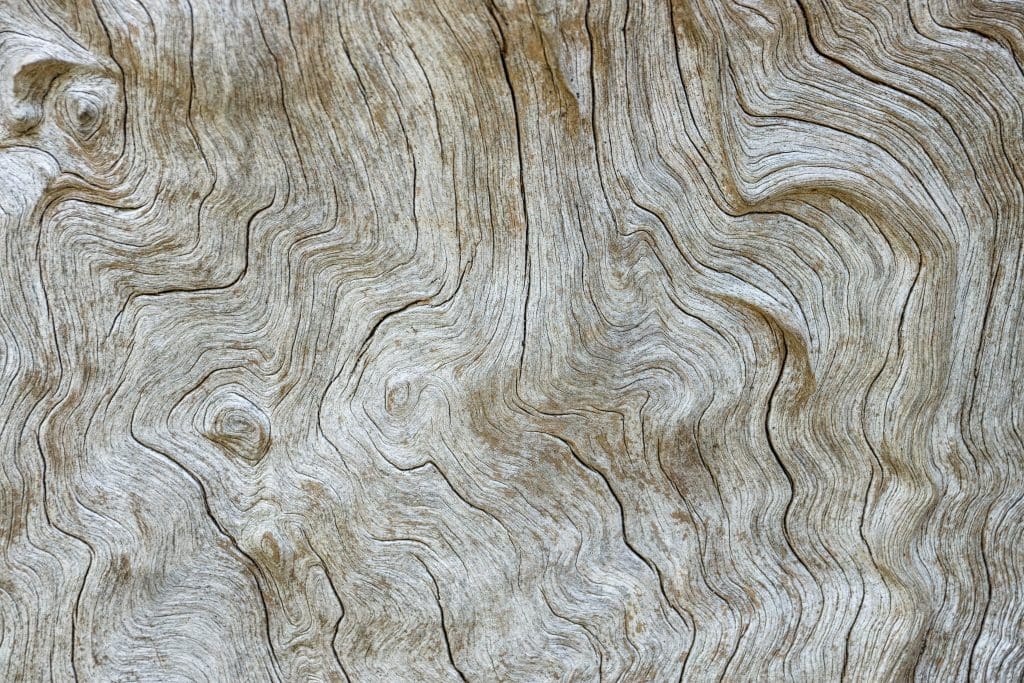Research from the University of Tokyo’s Institute of Industrial Science has revealed that discarded concrete can be strengthened with the addition of wood waste. This pioneering technique promises to be an environmentally friendly way to enhance concrete structures while simultaneously reducing construction costs and curtailing carbon emissions. It is hoped that this groundbreaking new method will help make better use of old concrete and any waste plant or wood materials.
With traditional methods, reusing old concrete is unfeasible. The research team’s first author, Li Liang, explained, “Just reusing the aggregate from old concrete is unsustainable, because it is the production of new cement that is driving climate change emissions.” The team, therefore, sought to find a better approach, particularly one that would “help promote the circular economy of concrete,” according to the University of Tokyo.
The innovative process involves taking discarded concrete and grinding it into a powder. Wood waste is also sourced from sawdust, scrap wood and other agricultural waste. Rather than sending this wood off to landfills, it is instead leveraged in the concrete recycling process for the key ingredient, lignin. Lignin is an organic polymer that comprises wood’s vascularized tissue and accounts for wood’s rigidity.
The concrete, now in powder form, is then combined with water and the lignin to form a mixture. This mixture is both heated and pressurized, allowing for the lignin to become an adhesive that fills the gaps between the concrete particles. What results is a newly formed concrete with stronger malleability than the original concrete. Additionally, the lignin makes this new, recycled concrete more biodegradable.
“Most of the recycled products we made exhibited better bending strength than that of ordinary concrete,” said Yuya Sakai, team lead and senior author of the study. “These findings can promote a move toward a greener, more economical construction industry that not only reduces the stores of waste concrete and wood, but also helps address the issue of climate change.”
Source: INHABITAT









